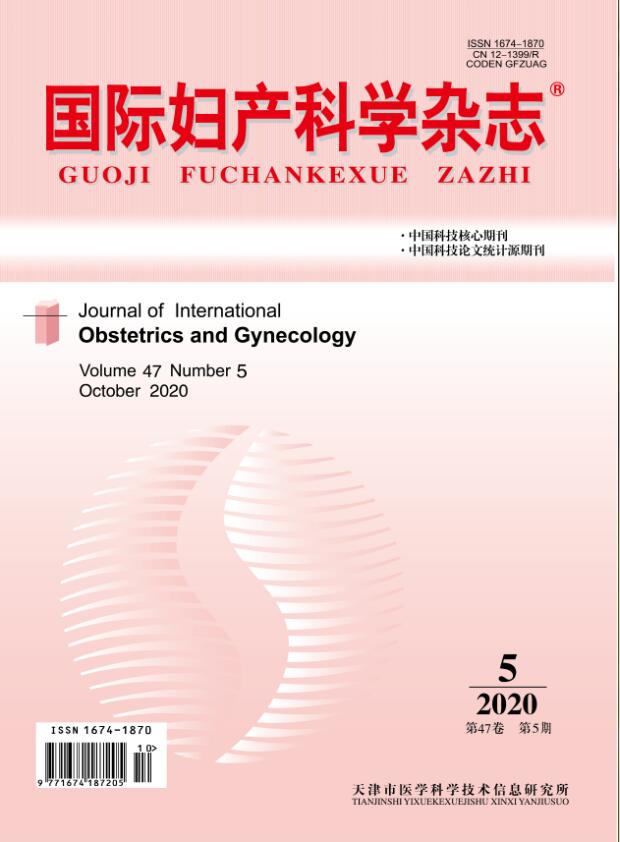|
|
Diagnosis and Treatment Analysis of 425 Cases of Pregnancy with Ovarian Tumor
YU Gui-yuan,LI Qiu-xia,ZHANG Lei,CAO Guan-zhu,JIN Ping
2018, 45 (2):
231-235.
Objective:To investigate the pathology, diagnosis and treatment characteristics of benign and malignant ovarian tumors in pregnancy, and the effect of different surgical methods on pregnancy outcome. Methods:A total of 425 patients with pregnancy ovarian tumors as research objects who were treated in Shenzhen Maternal and Child Health Hospital Affiliated Southern Medical University from September 2010 to September 2016, retrospectively analysing its clinical data, including discovery time, pathological type, surgical method, pregnancy outcome, etc. Results: Cystic mature teratoma was the most common pathological type in patients with gestational ovarian tumors, followed by endometriosis cyst and mucinous cystadenoma. There were 30 cases of complications during pregnancy, accounting for 7.10%, among which torsion was the most common complication, followed by malignant and rupture hemorrhage. There are mainly two kinds of operation methods during pregnancy period: laparoscope and laparotomy surgery, the amount of blood loss in the laparoscopic group [(39.62±28.25) mL vs. (68.50±33.60) mL, t=2.563, P=0.015], length of hospital stay of laparoscopy group were less than the laparotomy surgery group [(6.46±2.03) d vs. (9.90±1.92) d, t=4.925, P<0.001]. In addition, the average surgical gestational weeks of the laparoscope group were smaller than that of the laparotomy surgery group [(12.71±3.71) weeks vs. (16.71±4.89) weeks, t=2.490, P=0.018]. However, there was no significant difference between the two groups in the rate of cesarean section, low birth rate, preterm birth rate and abortion rate (all P>0.05). The prognosis of malignant tumor in pregnancy is better after treatment in a timely and individualized manner. Conclusions: To eliminate malignant tumor by early detection early treatment will have a good prognosis. It is safety to choose surgical intervention during pregnancy. Surgical indications are recommended for surgical intervention. Both laparoscopy and laparotomy has no effect on pregnancy outcome. The choice of operation can be individualized.
Related Articles |
Metrics
|

